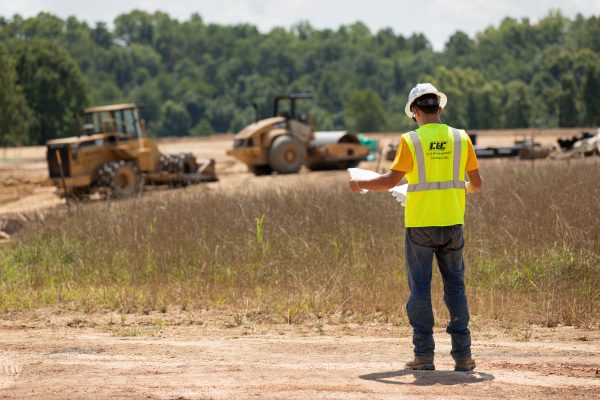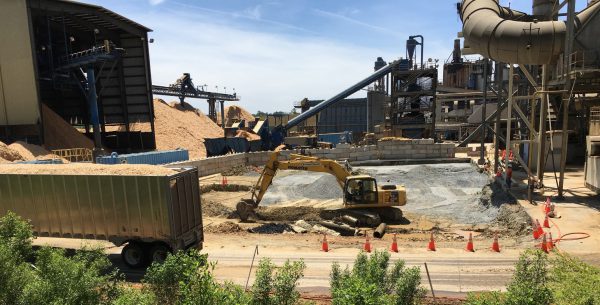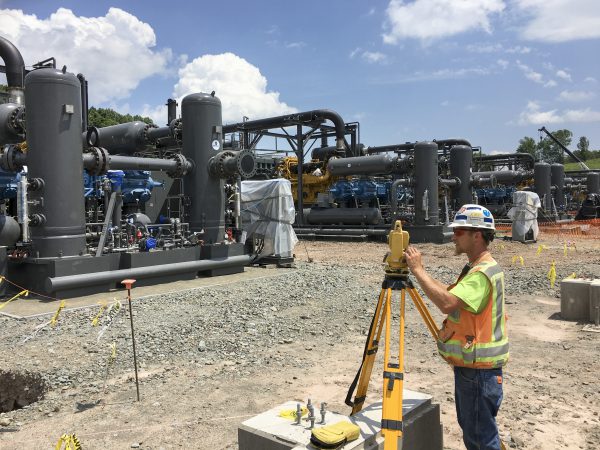On March 25, 2020, the United States Environmental Protection Agency (U.S. EPA) issued a draft New Source Review (NSR) guidance document that would change the rules about what construction activities can be undertaken at an existing or proposed major source of atmospheric emissions prior to obtaining a federal Clean Air Act permit. If adopted, this guidance may change how the U.S. EPA Regional Administrators and the state and local authorities interpret their own regulations and policies. As a result, even if you’re only responsible for a state-level air permit, you should be aware of these proposed changes.

How does air permitting currently impact construction activities? Here are four key definitions per 40 CFR § 52.21 (1978):
- Emissions unit: “any part of a stationary source that emits or would have the potential to emit any regulated NSR pollutant”
- Source: “any structure, building, facility, equipment, installation, or operation (or combination thereof) which is located on one or more contiguous or adjacent properties and which is owned or operated by the same person (or by persons under common control)”
- Construction: “any physical change or change in the method of operation (including fabrication, erection, installation, demolition, or modification of an emissions unit) that would result in a change in emissions”
- Begin actual construction: “initiation of physical on-site construction activities on an emissions unit which are of a permanent nature. Such activities include, but are not limited to, installation of building supports and foundations, laying underground pipework and construction of permanent storage structures. With respect to a change in method of operations, this term refers to those on-site activities other than preparatory activities which mark the initiation of the change.”
In short, the existing NSR regulations do not explicitly state what on-site construction activities a source owner or operator can or cannot undertake prior to receiving a preconstruction air permit. That has been left to the U.S. EPA and permitting authorities, whose long-standing interpretation has been that almost every physical on-site construction activity that is of a permanent nature can constitute the “beginning of actual construction,” even if that activity does not involve construction on an “emissions unit.”

The new draft guidance may enable applicants to separate aspects of project development from the air permitting process that would have been subject to permitting before now. This could accelerate construction schedules and purchasing lead times if the source is confident that it will eventually receive a construction permit. A source owner or operator is permitted to undertake a physical on-site construction activity even if it is of a permanent nature without having first obtained an NSR preconstruction permit, provided that the activity does not involve construction “on an emissions unit.” This could include operations such as:
- Permanent foundation work;
- Construction of buildings that house emissions sources; and
- Support infrastructure such as electrical and plumbing to be used by the proposed emission units.
The U.S. EPA’s new guidance focuses on those activities that involve construction “…on an emissions unit,” rather than construction at a source. This narrows what construction is regulated. A “part” of a stationary source that does not “emit” or “have the potential to emit” is not an emissions unit. However, the draft guidance does not give additional specific interpretation of what constitutes an “emissions unit,” stating that a specific definition is “beyond the scope of this memorandum” and that “sources will continue to work with their permitting authorities” for that determination. In other words, the draft guidance requires the states and local permitting authorities to make their own policy but provides the permitting authorities an indication of how the U.S. EPA may react if the U.S. EPA has review authority on individual cases.

If finalized in its current form, this draft guidance will not be directly applicable to state or local permitting agencies. Instead, it will need to be implemented by U.S. EPA regional offices that issue federal NSR permits. Although the U.S. EPA states its intent that delegated air programs adopt the new guidance, states with State Implementation Plan (SIP)-approved NSR programs or even delegated programs will not be required to apply this new guidance. However, it is unusual for permitting authorities to ignore guidance from the U.S. EPA. Many states will embrace the new guidance because the current interpretation has been a point of contention from industry ever since the existing guidance went into place. State reaction to the program will be slow in coming since this is only a draft proposal. Nonetheless, facilities should be aware of how their state agencies will address these changes in interpretation. Agencies in states with delegated programs can adopt the new guidance generally without changes to current regulations. Agencies in states with SIP-approved programs can adopt the new guidance if they modify their own state permitting regulations and submit new permitting program SIP-approval requests. These “SIP Gap” modifications sometimes can take a significant length of time if they happen at all.
The U.S. EPA accepted public comments through May 11. The date for incorporating any comments and to issue the draft guidance as final is to be determined. CEC is monitoring the development of this guidance and will be interfacing with the regulatory community on behalf of our clients as these proposed changes are finalized. If you have questions about NSR, please contact our NSR leads, Bruce Dumdei (bdumdei@cecinc.com) and Kris Macoskey (kmacoskey@cecinc.com) at 800-365-2324.
Post a Comment